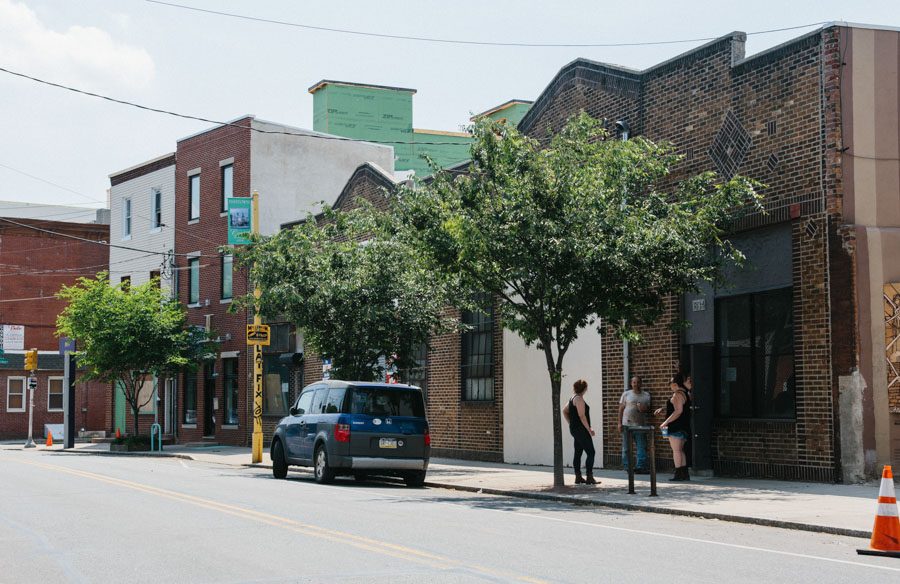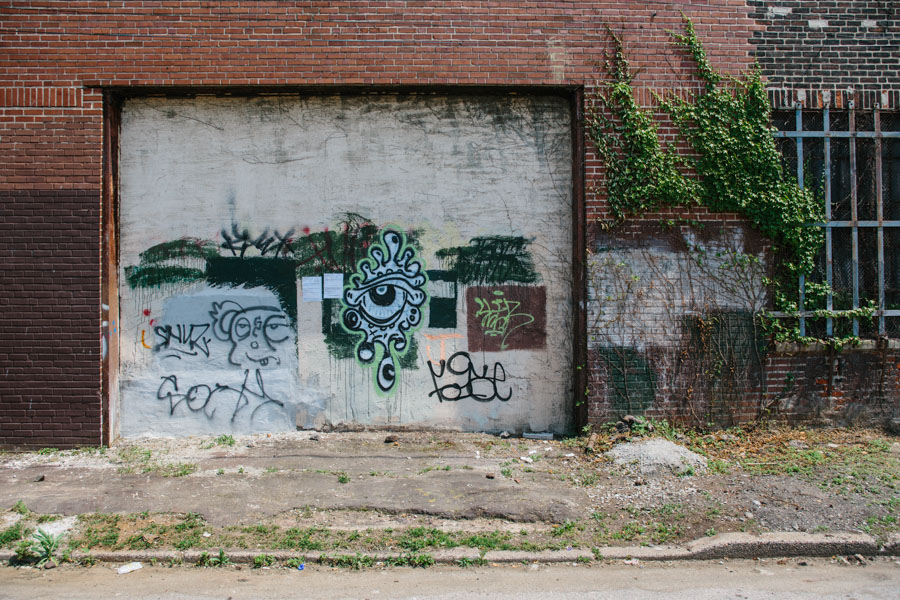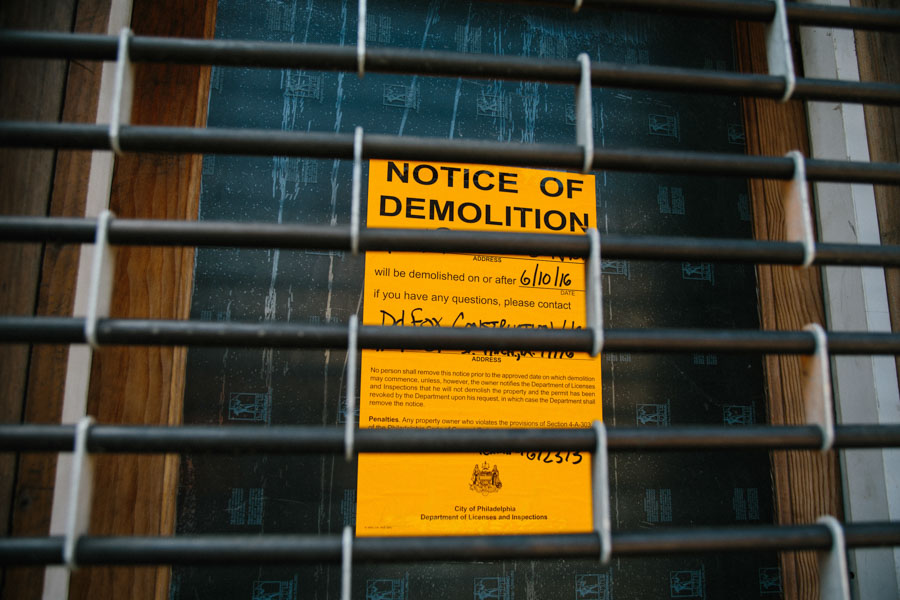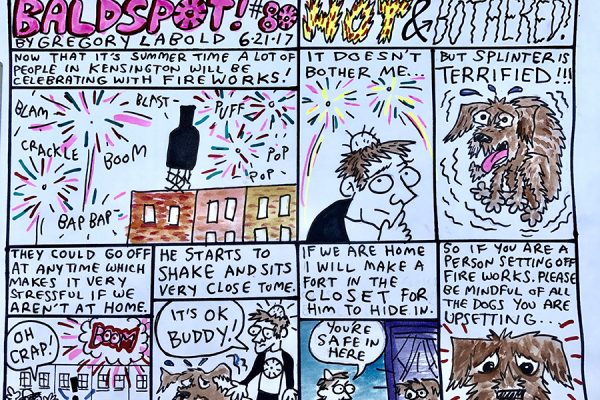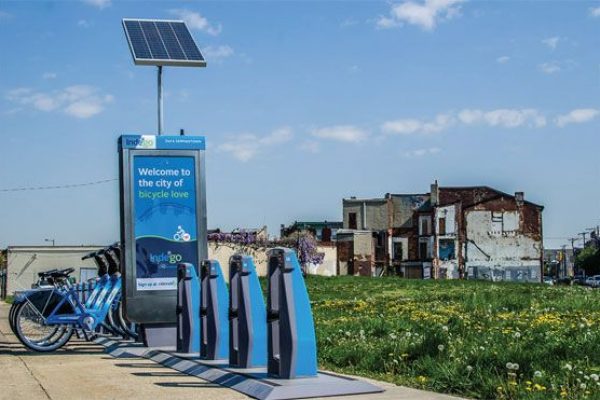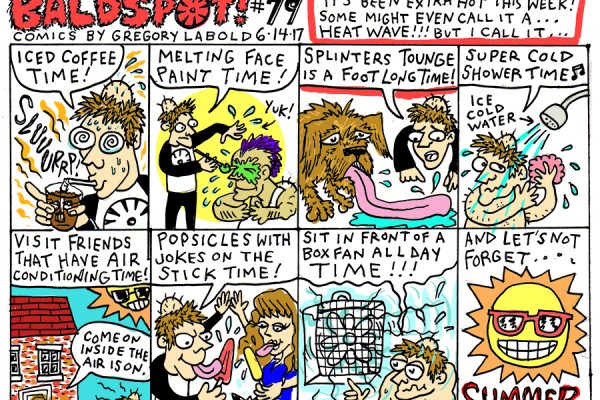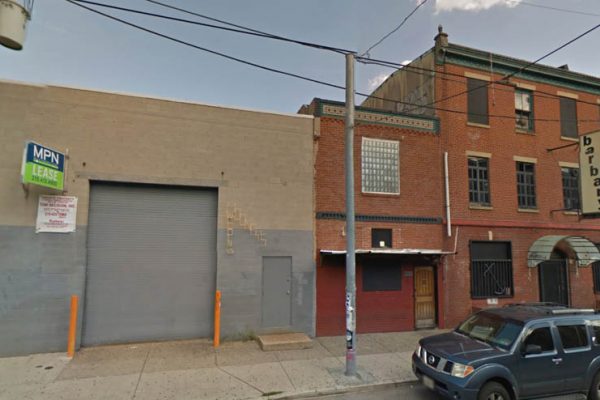Mutual Burial Grounds of Kensington Saga Comes to An End Without Historic Designation
The heated debate over a phantom cemetery at Frankford and Berks has finally come to a close. On July 8th, the Philadelphia Historical Commission (PHC) ruled that ground under 1834-48 Frankford Avenue is not historically significant in a vote of 6-2. This ruling comes after months of deliberation on the part of the PHC and an emotionally-charged debate between Ken Milano (local historian and nominator of the property) and Ori Feibush (developer and owner of the property). The lot was under review because it was purported to have been part of a 19th Century cemetery known as the Mutual Burial Ground of Kensington.
In a previous hearing, Feibush alleged that Milano’s efforts to preserve the ground under the property are a calculated attempt at sabotaging his plans for developing on the lot. Milano insisted that his motives are purely historical. However, the July 8th hearing afforded a more civil discussion. Both men seemed content to focus on the property itself and no accusations were leveled. Granted, the discussion came after almost seven hours of previous hearings. It seemed like many people in the room wanted the matter resolved as quickly as possible. One PHC board member openly lamented the fact that they had all missed lunch and admitted to feeling “cranky” because of it.
In the discussion before the board, Milano was joined by Andrew Fearon, a local preservationist and Jed Levin, head archeologist at Independence National Historical Park. Feibush was joined by his attorney, Sean P. Whalen as well Philip Ruth, Director of Research for Cultural Heritage Research Services (CHRS, a private archeological research firm which Feibush keeps on retainer) and Rachel Fowler, an archeologist at CHRS.
Milano restated his claim that he has only been able to find evidence of about 200 bodies being exhumed from the cemetery and that, based on the number of death certificates recovered and the three decades the cemetery was active (1832-1868), far more bodies remain buried there to this day.
Fearon, in turn, cited an obligation to “multiple stakeholders” within the community.
“We have the descendents of those buried there, the German societies [those buried in the cemetery were predominantly of German descent], and local RCOs, all of whom are concerned with [the resolution of] this issue,” he said.
Whalen began his argument by asserting that at least 75 percent of the property in question was not part of the burial ground at any point. He pointed to the complications arising from the fact that the designation is not concerned with any specific building but instead with the ground under the building. “It’s a question of is there a there there,” he said.
Both CHRS representatives presented their findings on the property, discussing about 14 different maps in painstaking detail which were not visible to the audience. When questioned directly by the Commission if the property “would be likely to yield unrecovered bodies,” Philip Ruth answered, “it would appear to be vacant.”
Rachel Fowler gave an anecdote about finding some bones during mechanical surveying on the site. Feibush interjected here to say said construction on the site was halted and the police and coroner’s office were notified. Fowler said the remains turned out to be cat bones. The purpose of the anecdote was to illustrate the developer and project managers understand the proper protocol if remains were to be discovered. That a professional archeologist could not immediately distinguish between cat and human bones was attributed to the fact that “the skull was not fully excavated before the authorities were notified.”
The discussion concluded with Jed Levin making a statement about how “archeology is about reading data” in regards to all of the newly presented evidence by the developer. His point was that the committee should rule solely on the contents of the application as it contains the only information that has been thoroughly vetted over the course of the last few months. The committee then took its vote and denied designation for the property.
Milano lamented the outcome saying, “we are in a great development period and the Philadelphia Historical Commission seems to be at a breaking point as many applications are being presented to preserve what we can before the wrecking ball gets it. Preservation has been suffering.”
Feibush has a different take, calling the entire process, “infuriating and fraught with misinformation.” He believes that “enormous amounts of money” (the city’s and his own) were wasted on this endeavor.
Meanwhile, the existing property at 1834-48 Frankford, two garages, once home to the Philadelphia Sculpture Gym, are currently being demolished. Construction on 41 residential units is expected to begin sometime in the next 2 to 3 months.
